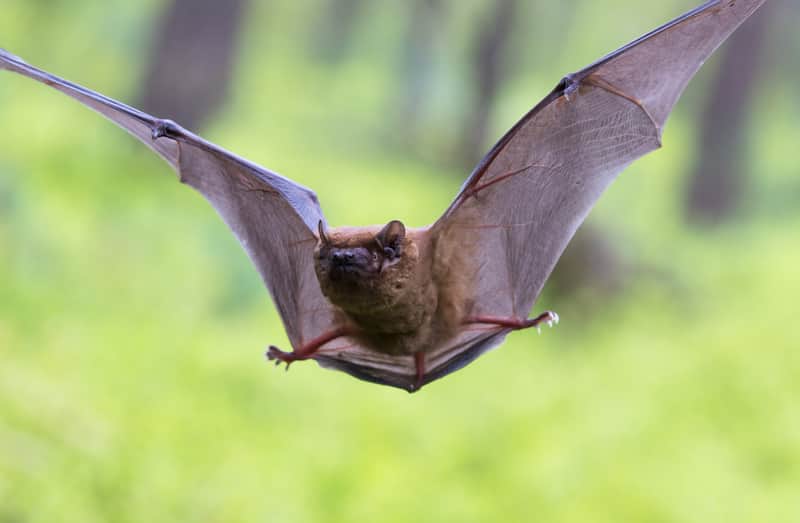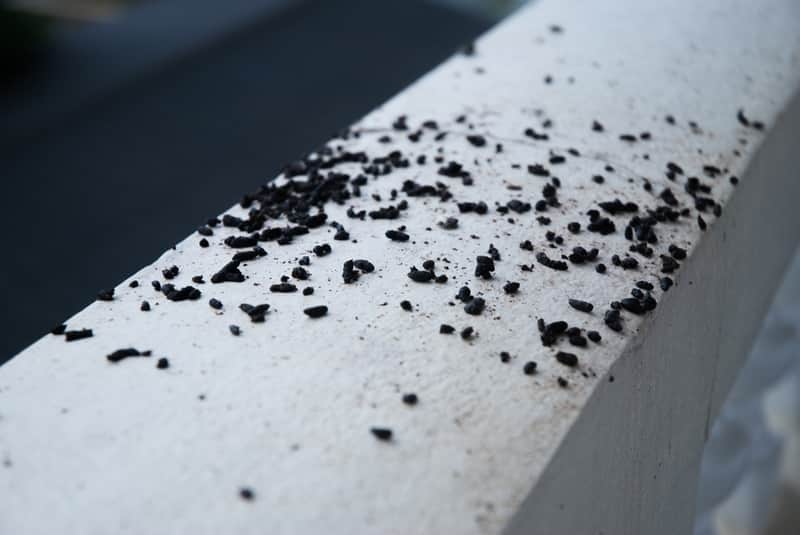Bats are unique creatures and the only mammals that can truly fly. Their presence is generally beneficial to humans because they help control many insects and mosquitoes during the spring, summer and early fall by eating them. Fascinating as these nocturnal animals may be though, bats are wild animals and should always be approached with caution.

Some bats migrate to warmer areas while others hibernate. Once insect activity begins to decline and bats begin looking for a place to hibernate (or enter a state or prolonged torpor), they may decide that your attic is the perfect place for a long winter’s nap.
Bats begin hibernating when the cold weather drives the insects away, typically around October and November, and emerge from hibernation in March. Bat hibernation patterns can vary by region, based on seasonal temperature differences across the country. In parts of Florida and other southern states, bats may be able to feed and stay active year-round.
Are bats active during hibernation?
While some bats are capable of activity during their hibernation period, they usually remain inactive due to their unique self-preservation process.
When a bat hibernates, its metabolism slows down to conserve energy. Each day its body cycles in and out of a deep resting state known as torpor, in which the bat's heartbeat slows from 200-300 beats per minute to as few as 10 beats per minute. This maintains the bat’s energy level at 2 percent of normal life functions and allows it to survive for up to six months on a very small amount of stored body fat.
A bat can lose as much as half of its body weight during hibernation. The torpor state also allows bats to adapt to their surroundings. Bats can lower their body temperature from a normal level of 100 degrees or more all the way to 40 degrees or less as needed to preserve energy.
Where do bats hibernate?
Most bats prefer to hibernate in dark and secluded places, which is why bat colonies are often found in caves or other isolated areas. Bats can also hibernate in close proximity to humans.
Hollow trees, barns and empty outbuildings near homes are easy places for bats to congregate undisturbed. However, some bats are perfectly happy to come inside. Attics and crawl spaces provide some of the most hospitable environments for bats seeking a hibernation spot adjacent to warm vents or pipes.
The little brown bat and big brown bat especially enjoy roosting in homes and other buildings. Their maternity colonies are commonly found in attics through late summer, as the high heat helps the bats focus less on staying warm and more on spending their energy on growing. Some may decide to stay through winter.
When do bats migrate?
Some bats migrate to warmer weather rather than hibernate. They do so because food is scarce where they are or because their particular bat species follows a seasonal migration pattern similar to those associated with other winged creatures, such as birds and butterflies.
Signs of bats in your attic
If you suspect that a bat colony is living in your home, or if you’re in your attic and happen to notice roosts in the narrow crevices of attic walls, then it’s time to call in the professionals. These roosts are likely to be found between the rafters or tucked into the spaces between rafters and roofing material.
Any bats present that aren’t in hibernation mode will most likely retreat rather than engage with you, but proceed with caution anyway, even if you don’t see evidence of a colony, as wild animals can be unpredictable. Listen for squeaking or scurrying sounds, and look for bat droppings (guano). While mouse droppings and bat droppings are similar in appearance – black, dry and about the size of a grain of rice – bat droppings will be concentrated only in the areas under the roost.

How to Help Prevent Bats from Entering Your Home
Bats can get into your house through an opening as small as a 0.25 inches wide, so keeping them out requires vigilance. Take the following steps to help ensure that mother bats and their young don’t roost in your attic.
- Seal all cracks in the home’s exterior using caulk, weather stripping or a wire screen as needed.
- Have a professional cap all chimneys and vents.
- Add weather stripping to windows and doors.
If you do find a bat colony has made its way into your attic, just contact the wildlife control professionals at Terminix®. We can remove the bats that are present and also help ensure your house remains free of new bats year-round.



